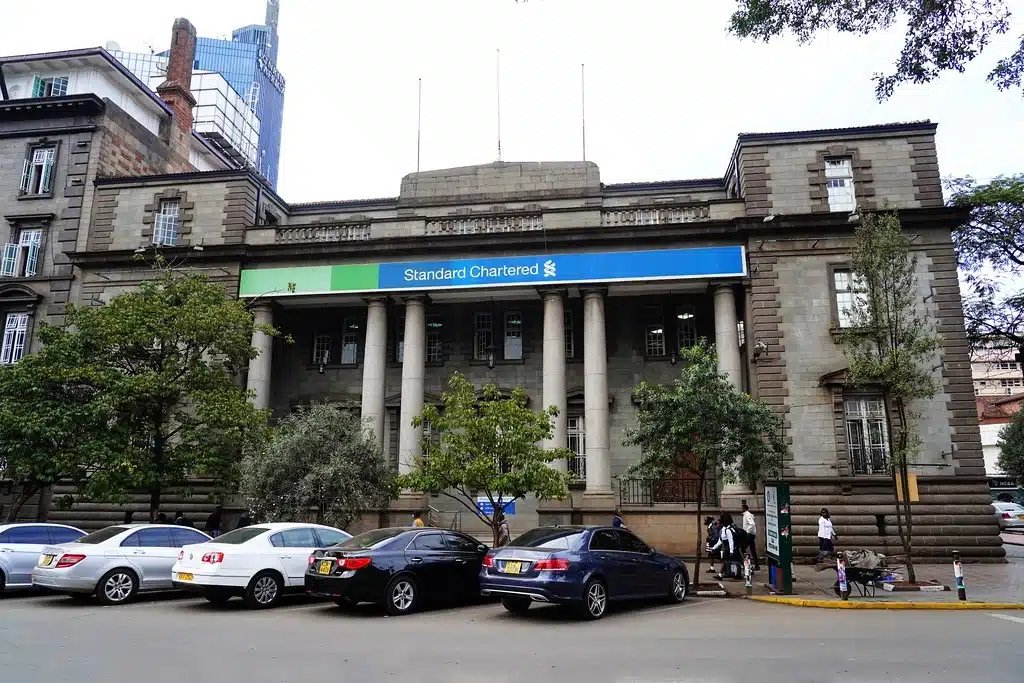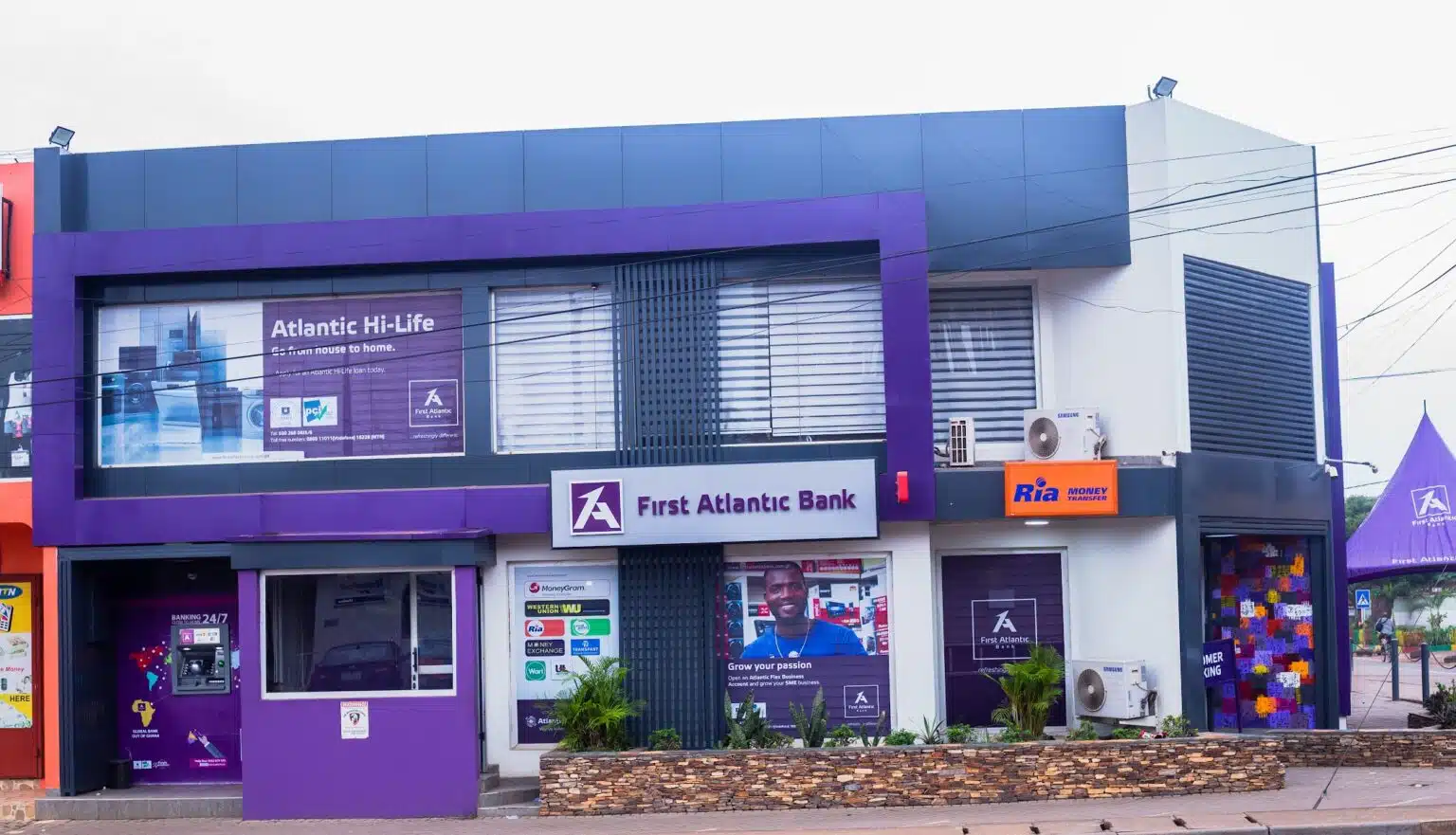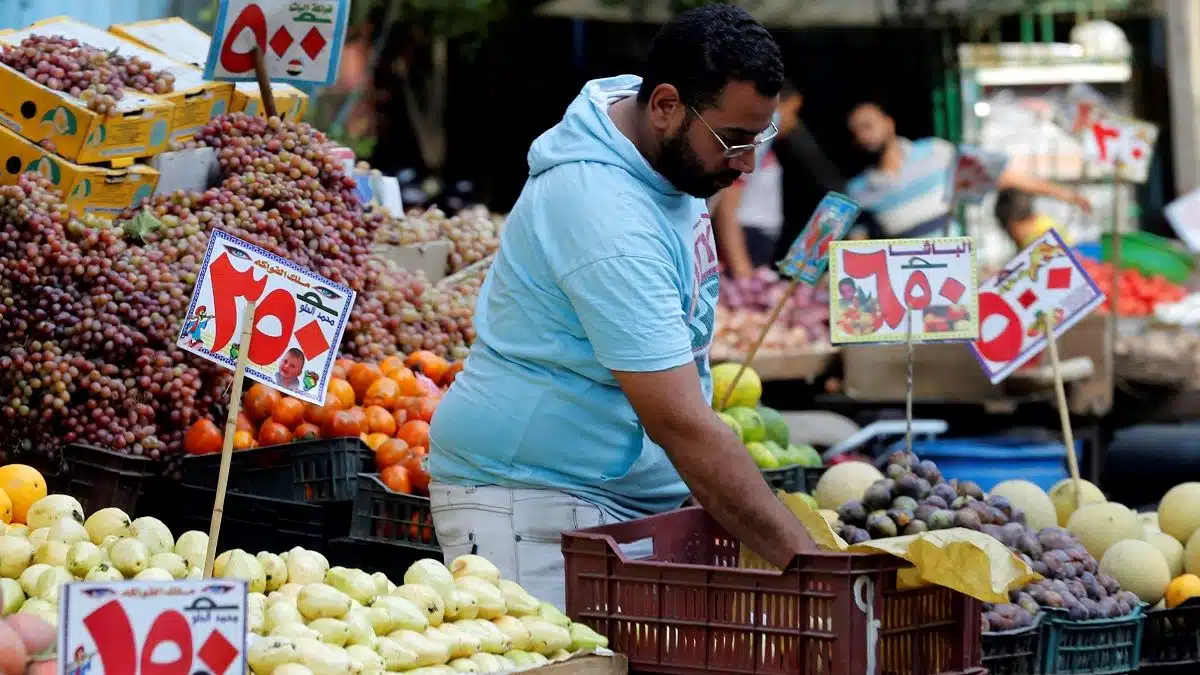Standard Chartered Bank Kenya, a leading financial institution in East Africa, saw a decline in total assets to $2.9 billion in 2024, down from $3.3 billion the previous year, as the lender faced a contraction in its balance sheet despite posting strong profitability.
Customer deposits also fell to $2.3 billion from $2.6 billion, while loans to customers dropped to $1.17 billion from $1.26 billion.
Despite the drop in asset value, the bank posted a 45% increase in net profit, rising to $154.6 million from $106.6 million in 2023, supported by higher interest income and strong gains from foreign exchange trading.
As a result, shareholders are set to receive a total dividend payout of $0.34 per ordinary share—55% higher than in 2023—following the lender’s Annual General Meeting (AGM).
“We delivered a record performance in 2024, with profit before tax up 43%, driven by strong topline growth, good business momentum, and excellent execution of our strategy of combining differentiated cross-border capabilities for corporate and institutional clients with leading wealth management solutions for affluent clients,” explained Standard Chartered Kenya CEO and Managing Director, Kariuki Ngari.
Fuelled by rising yields on loans and bonds, interest income surged 20% to $300 million.
Meanwhile, revenue from loans and advances increased to $176.2 million from $140.6 million, while earnings from government securities climbed to $75.3 million from $63.8 million.
Non-interest income also grew significantly, reaching $135.5 million from $95.8 million with foreign exchange trading contributing $63.8 million.
“We managed our costs well, delivering significant positive income-to-cost jaws of 13%,” Ngari added.
Operating expenses edged up to $173.6 million, driven by an increase in staff costs to $69.9 million from $60.4 million.
Additionally, loan loss provisions dropped to $17.7 million from $26.1 million, while non-performing loans fell 30% to $92.9 million from $133.4 million.
The Nairobi-based lender maintained a solid capital position, with core capital rising 5.6% to $455.2 million from $430.3 million.
Looking ahead, the bank is positioning itself to attract growing Middle Eastern investment in Africa, leveraging its global network to facilitate capital inflows. Currently, the region accounts for just 3% of its network, compared to Africa at 9%, America at 23%, and Europe at 53%.
At the same time, the lender is preparing for potential geopolitical shifts, including the impact of a second Trump presidency on global financial markets.
Itis ramping up investment in digital transformation and personalised wealth solutions, with spending on digital capabilities rising 8% year-on-year.
Ngari remains optimistic about macroeconomic stability, citing the strengthening shilling, low inflation, and the central bank’s decision to cut interest rates as positive indicators for the bank’s future performance.
Note: The performance figures were originally reported in Kenyan shillings and converted to U.S. dollars using the exchange rate of Ksh 129.4/$1 as of March 19.










